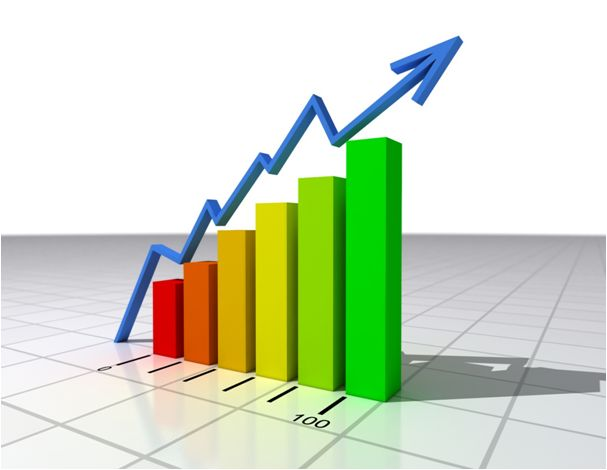If you’ve ever wondered about the difference between business analytics and business intelligence, you’ve come to the right place. These two fields can get a little confusing and even those who have been working with business data for a very long time can still do not see eye to eye on solid definitions.
This space, however, may be able to help you save time if you are looking to find information about “BA vs BI.”
Business Analytics vs Business Intelligence
In a business landscape, and when talking about data and how it can help your company, two of the more popular terms come up: Business Analytics or BA and Business Intelligence or BI. No two sources usually give the two the same definition and while some say that they are interchangeable, some would say they aren’t.
After some time, it has become clear that BA and BI are actually two concepts that complement each other.
At its most basic, Business Intelligence is the capability to take information from resources and then turn them into useful knowledge that can aid in making decisions.
The conventional way of doing BI is by cataloguing and then examining the data from the company’s past actions or decisions and then using this procedure as a way to set benchmarks for the future.
Business Analytics can be considered as an offshoot of BI if we are looking at it from a methodological angle. BA is all about utilizing data in order to gain relevant insights whereas Business Intelligence is the act of using a consistent set of metrics to drive future business decisions based on this recorded set of data.
A clearer way of putting it would be that if BI is the means to catalogue past data, BA is the way that data is interpreted in order to come up with solutions for the present issues as well as come up with intelligent guesses for the future.
How Business Intelligence vs Business Analytics Came to Be
BI used to be about the people, processes and the applications that were used to gain and extract insights from the data, in order to help along business decisions and at the same time, understand whether these decisions were helpful at all.
This is however, where BI, as a guideline, failed. After all, something that runs on static and historical data limits the analyst’s ability to make decisions and predictions for a future market. When an issue happens on a Monday morning, the analyst does not benefit too much from looking at data metrics that has been recorded before that situation happened.
The demand for BA came soon after this failing and that is why it can be considered as an evolved BI solutions type. Within a business landscape with an ever changing and ever increasing speed, the user needs to be able to make decisions based on what is happening in the present and not so much with what has already happened.
Traditional BI setups do not support situations wherein users ask and answer questions based on occurrences in the marketplace as they happen. A data-driven company considers their data as an important resource and utilizes it to drive away competition. The more current the data they have, the more relevant it is and the better their jump is ahead of their competitors.
A lot of companies today are implementing advanced business analytics apart from their data storehouses, in order to fill the gap left by traditional BI and modern business day needs. This may be where the confusion between BI and BA originated, as companies select different forms of services, with no real insight as to what to call these combinations.
Just as important is that more people are being called to interpret data even if they hold roles that are not exactly analytical. Marketers, researchers, product managers, etc. are all using data as a way to come up with business strategies and the conventional BI setups are not built to bring the data into real-time occurrences and other what-now scenarios.
When the relevance and importance of decisions based on data were realized by the less tech-savvy teams in companies, the demand for simpler and more user-friendly platforms also grew. Apart from that, the need for a visual representation of the data turned into decisions to present to the other departments also rose. This gave way to the birth of graphs, pies and charts which spells out BA findings in simpler and in easier to understand methods compared to written results excel sheets of results.
Data analysis methods change along with the market demands. An established set of methods may be crucial for the effectiveness of a business strategy but the real value of a company lies in the ability to be flexible in the face of changes in the marketplace.
About Benjamin Goewey
Founder, President, and Principal Consultant of Datamensional, LLC.
LinkedIn Twitter Google+ Website
Ben has been passionate about providing actionable, relevant, and timely information for decision makers to help them make decisions more quickly and effectively and helping transform organizations as a result. He has been a Business Analytics and data guru for nearly 11 years and enjoys seeing the positive impact an effective solution can have on an organization.
Ben currently leads a team to bring the best practices of Business Analytics as well as hands on implementation to companies big and small.
Specialties: Performance Management, Analytics Strategy, System Architecture, Sales Management, Sales Analytics, Marketing Analytics, Business Intelligence, Reporting, Data Integration, IT Management, Data Warehousing, Management Decision Support, Dashboards, KPIs, Automation.

